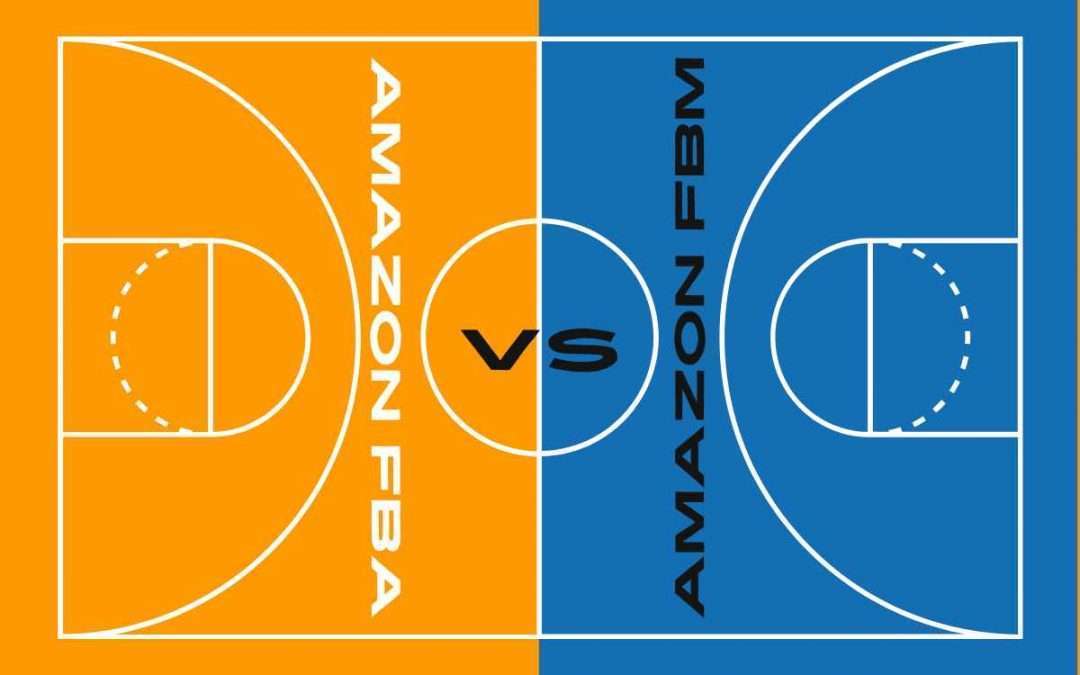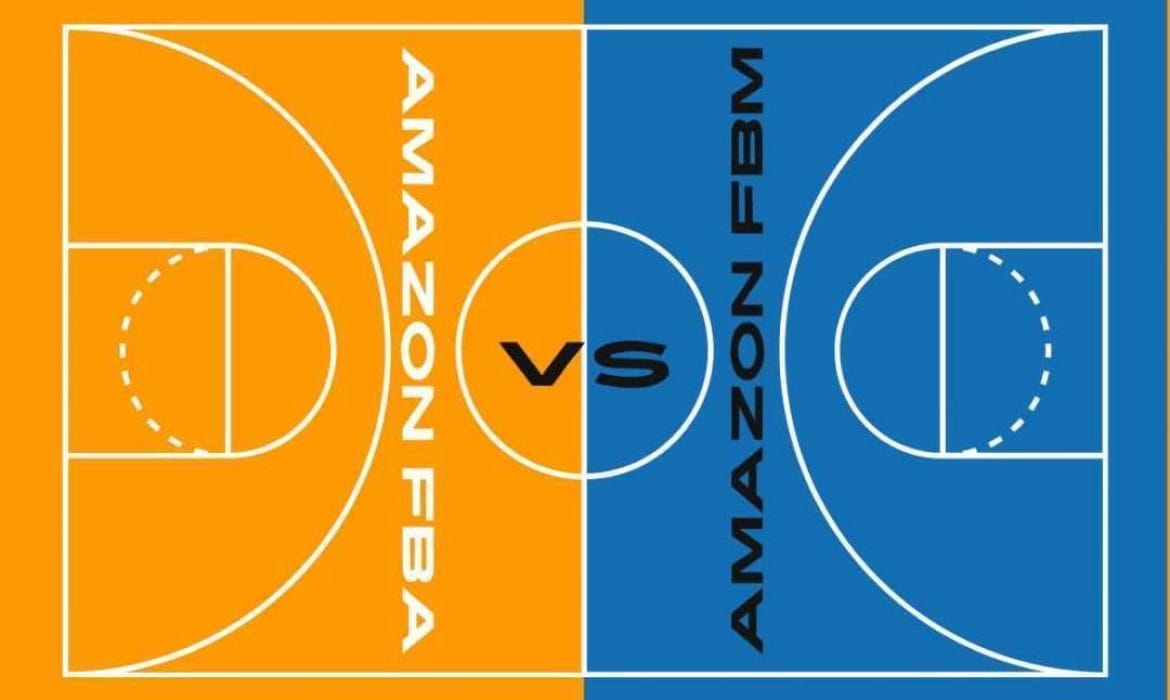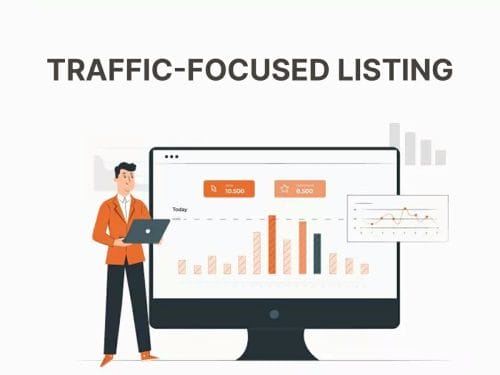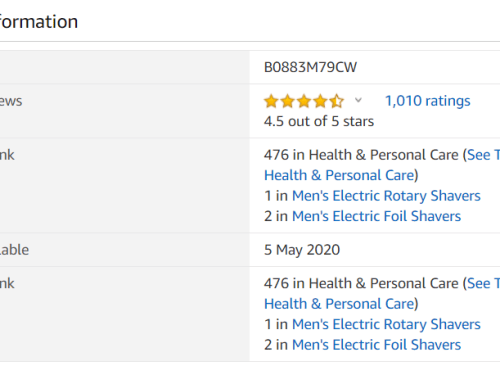
The Amazon FBM program is different than Amazon FBA. FBM sellers don’t have to comply with the inventory policies and rules of Amazon FBA, which gives them a big advantage over FBA sellers. Another difference is the shipping requirements, which are more flexible in FBM. If you’re considering selling products on Amazon, it’s important to understand the differences between the two programs.
Seller Fulfilled Prime
Amazon Seller Fulfilled Prime is an alternative to Fulfillment by Amazon (FBA). It allows sellers to utilize their own warehouses, removing the costs and hassles of storing inventory at fulfillment centers. The traditional FBA process involves sending shipments to several fulfillment centers to avoid paying shipping fees. Seller Fulfilled Prime allows brands to take complete control of their fulfillment process, which can boost their brand image. However, this type of fulfillment can be time consuming and stressful.
To take advantage of Amazon Seller Fulfilled Prime, sellers must be Amazon-certified. Amazon is less interested in building out a warehouse, but focuses more on utilizing space and getting rid of slow-moving inventory. Therefore, they require sellers to adhere to strict guidelines and meet the qualifications.
Fees
When you’re selling on Amazon, it’s possible to save money on Amazon FBM fees by using another fulfillment service. Fulfillment by Merchant allows you to ship products directly from your warehouse. Generally, this option is used by smaller merchants, who lack inventory and cannot afford to hire a logistics company. But if you’re a bigger merchant, it may make more sense to outsource fulfillment to a third party.
FBM fees are less expensive than FBA, and they depend on the dimensions and weight of the products. Furthermore, if you’re shipping orders directly from your warehouse, you’ll have a better handle on your inventory levels. In addition, if you’re looking to expand your business, FBM lets you expand without increasing your FBA fees or shipping costs.
Inventory
When you’re selling on Amazon, it’s important to understand what your FBM inventory is and how to manage it. You should never duplicate an ASIN or SKU for the same product. Amazon has strict rules on this. But having your own inventory allows you to control its inventory levels and respond to any customer reviews.
Amazon FBM inventory management is a bit different than your typical FBA inventory management. In FBM inventory management, you are responsible for the order fulfillment and shipping process. However, you can outsource your logistic services to a 3PL company if you aren’t comfortable handling your inventory yourself. To begin using FBM inventory management, you should first set up an account in Amazon Seller Central. Proper pricing and listing are also crucial to maximizing sales conversion rates. You can also make use of Amazon repricer to help you improve your listing and pricing.
Returns
Whether you’re an FBM seller or just an Amazon seller, you need to know what to expect with Amazon FBM returns. You’ll have a few options when it comes to how your FBM returns are processed. You can choose to process returns yourself or hire a third party logistics company to handle the shipping and storage.
Amazon typically pays for Amazon FBM returns, but in some cases, a customer will need to pay for their own shipping. In these situations, Amazon allows you to charge a restocking fee to recover the cost. Amazon can also request a photo of the returned product if you’re unsure of its condition. As long as you’re able to send the product back in good condition, Amazon will refund your money.
Shipping
Fulfillment by merchant (FBM) is an option to sell your products on Amazon. Unlike traditional fulfillment, it uses your own warehouse for shipping products to customers. The benefits of FBM are several. First, you can reduce costs and time by shipping orders faster. Secondly, you can increase the conversion rate by improving your product listings.
Lastly, FBM allows you to manage inventory. Because you have the control over your inventory, you’re not subject to minimum order quantities or inventory limits set by Amazon. That means you’ll be able to offer a more customized customer experience. And since you can also use your own third-party logistics provider, you’ll be able to choose from a variety of services that can accommodate any specialty or niche product.




